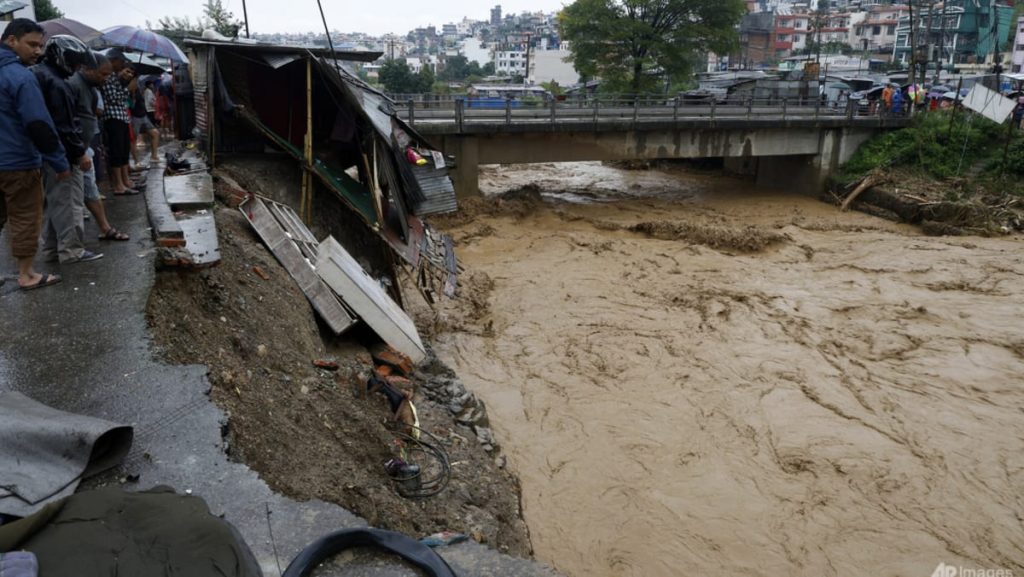A series of heavy rains triggered landslides and floods in Nepal, resulting in the deaths of 151 people with 56 others reported missing. As a result, the government decided to shut schools for three days to ensure the safety of students and their parents, as many school and university buildings were damaged and needed repairs. The Kathmandu valley, home to 4 million people and the capital city, was severely affected by the floods, with 37 deaths reported in the region. The heavy rains also pushed the Bagmati river beyond the danger mark, causing widespread disruption.
Despite the devastating impact of the floods, there were signs of improvement as the rains began to ease on Sunday morning. The weather forecaster in the capital mentioned that while isolated showers may still occur, heavy rains were less likely. Images on television showed police rescuers working to clear mud and recover bodies of passengers from buses that were swept away by landslides. Officials attributed the rainstorms to a low-pressure system in the Bay of Bengal that extended over neighboring areas.
Climate scientists at the International Centre for Integrated Mountain Development pointed out that haphazard development in Nepal has exacerbated the risks associated with climate change. They underscored the urgent need for increased investment in infrastructure, particularly in stormwater and sewage systems, both engineered and nature-based. The impact of the heavy rains was worsened by poor drainage systems, unplanned settlements, urbanization efforts, encroachments on rivers, and construction on floodplains. The statement urged the government and city planners to address these issues promptly.
While the level of the Koshi river in Nepal’s southeast has started to fall, concerns remain about potential flooding in India’s eastern state of Bihar, which is often affected by the river floods. The river has been running above the danger mark at a level nearly three times normal, posing a threat to the region. Authorities are closely monitoring the situation to ensure the safety of communities living along the riverbanks. The devastating floods and landslides in Nepal serve as a stark reminder of the urgent need for sustainable development practices and investment in resilient infrastructure to mitigate the impact of climate change-related disasters in the region.













